Coming Home
Amy Leval
April 08, 2024
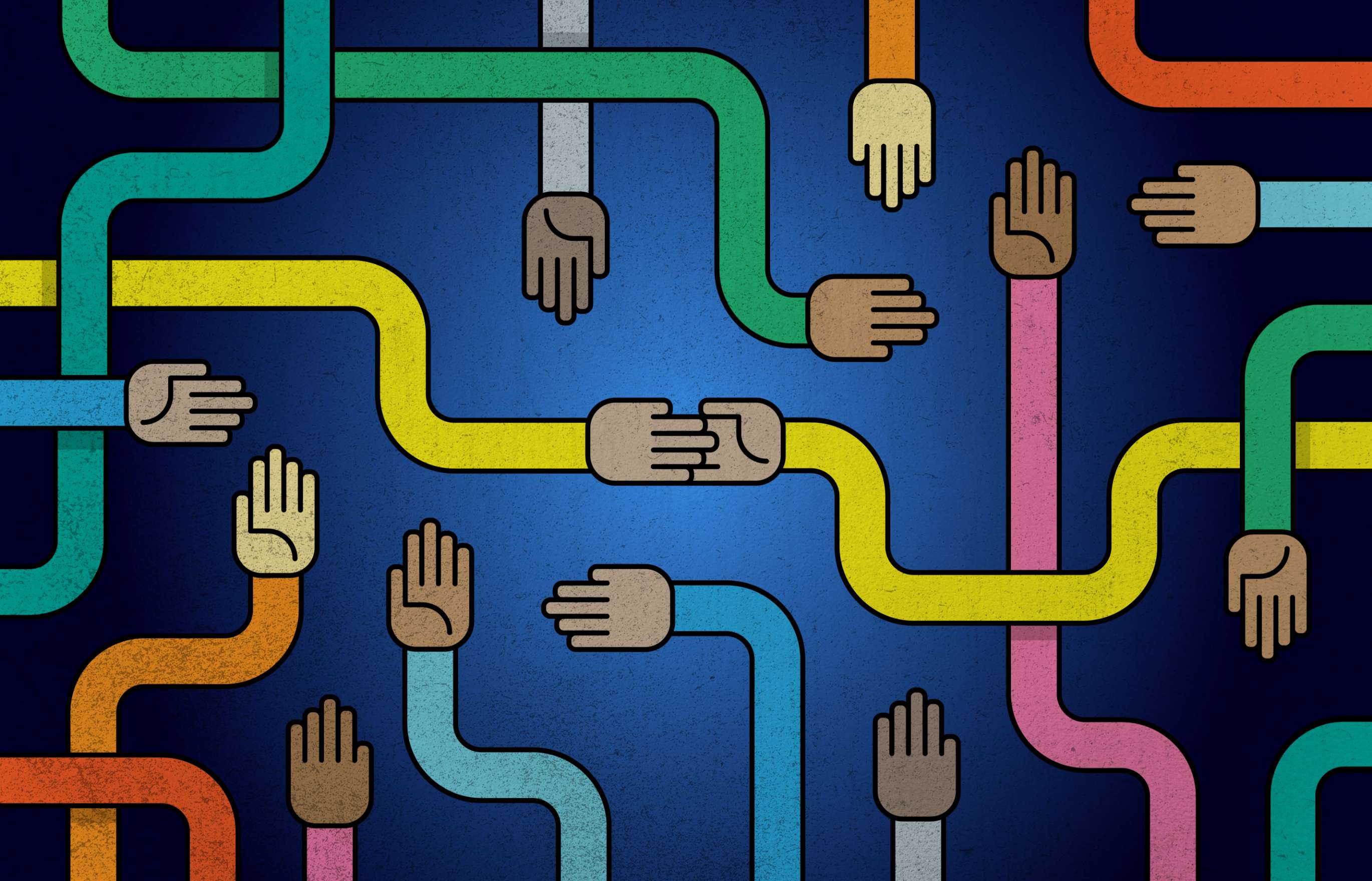
When I think about how Shinnyo‑en has impacted my life, one word stands out more than others: family. My family closet, like anyone else’s, is filled with a myriad of skeletons—the alcoholic grandfather, the narcissistic grandmother. Or so I thought before I started incorporating into my prayer life the Shinnyo‑en practice of osegaki, or merit transfer to those who have passed on.1 The Buddhist acknowledgement that though people have passed on, we still have a connection with them that can be nourished and honored intrigued me from the start.
I connected with Shinnyo‑en just as I was mourning the loss of a friend who had been killed in a hiking accident months before his marriage to another close friend of mine. At the very same time I and many around me were also mourning the loss of a dear friend’s child, who had passed away at the age of only seven months. Experiencing those two losses and the effects they had on those around me led me to doubt the absolute absence of loved ones who have died. The answers given by science or the spiritual tradition in which I was raised—namely that when people die there is no trace left of them or that you might be reunited with them upon your own death—were unsatisfying. Those answers felt either cold, or disconnected from any ongoing sense of relationship. When I met with Kathrin who introduced me to Shinnyo‑en, and heard about the belief in a two-way nourishment present with those who have passed on, I had a ‘hallelujah’ moment.
As I said prayers, or requested merit transfer, not just for my friends but for my “family skeletons” as well, I found myself profoundly nourished. I found myself remembering these people of the past in a new light. I no longer just condemned their limitations but instead sought to understand the ways in which they had enriched the world around them. This practice granted me the compassion to understand their lives and struggles, and allowed the isolating barrier of judgment to fall away.
When I think about how Shinnyo‑en has impacted my life, one word stands out more than others: family.
Back in 2006, when I started doing merit transfer, I would include the name of my paternal grandmother, Nora. I had never met Nora, and had no idea what she looked like or even if she were alive or dead. I assumed she was dead due to the age I calculated her to be. The little I knew about Nora, like her age, and the names and ages of her siblings and parents, came from one report that had come into my possession 12 years earlier, when my father’s half-brother Gerry contacted the State of Connecticut to find information about his biological family. This rather condemning report, written by a government social worker in the 1940s and 1950s, painted a picture of my grandmother as an uncaring narcissist: an unmarried, young Catholic woman who gave birth to two boys with different fathers and left them to an orphanage. Besides listing family names, this report described the lonely fate of these two orphaned boys, who somehow managed to survive dreadful childhoods, being shuffled from foster home to foster home. My uncle Gerry was adopted when he was 11 years old, but my father was not and remained an orphan and ward of the state.
For over a decade my grandmother’s name sat in a file in my closet. “Why bother looking for people who rejected you?” was the attitude of my dad, my uncle and I. From 2006 onward, however, I included Nora in my prayers to offer merit from time to time. These prayers started to slowly chip away at the wall I built up in my heart toward her.
In 2009 on one lunch hour whim, I pulled the file out of my closet. My fingers quickly Googled her name and the names of some of her siblings listed in the file. Over the course of one lunch hour I was able to ascertain that Nora had died in the spring of 2006, just prior to my first prayers for her. Some of her siblings were still alive. During the same lunch hour I could see they had accounts on Facebook and contacted them there, explaining who I was and asking for any information about Nora that they could share. My grandmother’s sister, my great aunt, replied later that very evening.
This practice granted me the compassion to understand their lives and struggles, and allowed the isolating barrier of judgment to fall away.
Nora’s family had often wondered what had happened to “the boys” as they were called. They had assumed that the two had been adopted as babies. The boys were the family secret. Not even Nora’s two daughters, whom she had given birth to with the man she eventually married, knew of their existence. Nora came from a large family, most of whom had moved from Connecticut to Northern California, where they now live—as do, coincidentally, my dad, my uncle, and my sister. A reunion, or “union” as my uncle called it, was quickly planned at my great aunt’s home in Berkeley so we could all meet.
The reunion in Berkeley was tremendous and our sense of kinship immediate. Unfortunately, my dad was unable to attend as he suffered a severe, paralyzing stroke a couple of weeks before the reunion. I was so shaken by his stroke that I requested a special sesshin guidance2 about the matter when I was in California to better understand his fate and suffering. I told the sesshin guide that I was bereft about my dad’s stroke and the timing of it. The sesshin guide noted that there was now an opening on my grandmother’s side, and that I should offer merit transfer for my grandfather’s family. The guide encouraged me to release any resentment I may have toward my father’s family for what was done or the decisions made in the past; that it was a very complex family situation, and a result of the many restrictions of the time, social and otherwise. I was told not to judge or criticize the family and to see my father’s life situation through the Buddha’s eyes instead, which also had the power to discern mercy there.
A reunion, or “union” as my uncle called it, was quickly planned at my great aunt’s home in Berkeley so we could all meet.
By offering merit to my relatives, even to those I had never met or known the names of, I began to understand their plights and feelings of compassion for them became a part of my life. Miraculously, it feels as if this compassion has changed the way I perceived my past, has granted me profound peace in the present, and has transformed the future, as I now see it filled with all of my newfound relatives.
My great aunt, the matriarch of her family, recently passed away, so connecting with her when we did was just in the nick of time. I will end here with her final words of gratitude as expressed in an email after our reunion:
Hi Amy – thanks so much for the photos. I forwarded them to your great uncle Bob and also sent the others in the extended family a listing of who was who where they would see an unfamiliar face, now to be a familiar face as you are all in the family. I went to Mountain View on Sunday for lunch with Gerry. He asked me how we felt about the “new” relatives and I told him how welcome you are, thinking later that you are to be thanked for coming into the family where you belong. There was always a gap there, an incompleteness that has now been closed. A relief to have you “come home.”
In gassho.
1. Merit refers to the potential of thoughts, words, and actions (karma) that produce pleasant and beneficial results; it links good acts to happy experiences. An essential practice of Mahayana Buddhism is wishing to transfer one’s own merit to others to ensure their happiness and relieve their suffering.
2. Sesshin is a form of meditative practice unique to Shinnyo‑en. Structured sesshin is typically undertaken in a group setting, where words of instruction are personalized to the individual to guide them in their meditative practice.
View more stories

Discovering Treasure in Painful Experience
By Jin Takamizu
Jin Takamizu, who practices in Tokyo, Japan, shares the story of a spiritual breakthrough he experienced while undergoing surgery to correct a cleft lip and palate he lived with for most of his life. He describes how undergoing that painful experience helped him discover a sense of purpose in life.
Gaining Peace and Self-Love
By Kevin Shi
Shinnyo‑en practitioner Kevin Shi, from Seattle, reflects on how the teachings offered him guidance and perspective when struggling with depression, helping him to rediscover a sense of inner harmony and self-worth.

Sending Off the Spirits of the Dead
By Temple Staff Member
In this article from a 1954 Shinnyo‑en newsletter, a member of the temple staff describes an early lantern floating officiated by Shinjo and Tomoji Ito. Despite the many decades since it was written, the account will be remarkably familiar to participants of contemporary lantern floatings.
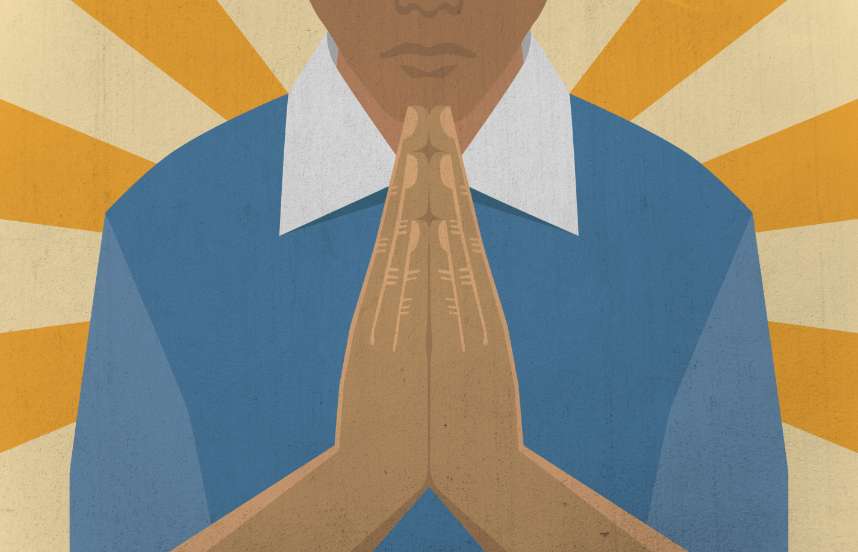
The Spirit of Gassho: Cultivating Gratitude as a Spiritual Practice
By Her Holiness Shinso Ito
Her Holiness likens living a true spiritual life to greeting others with a reverent expression of appreciation. A spirit of gratefulness for others and all that we have cultivates contentment and joy within us. It is a simple practice that we can only experience in the company of others.
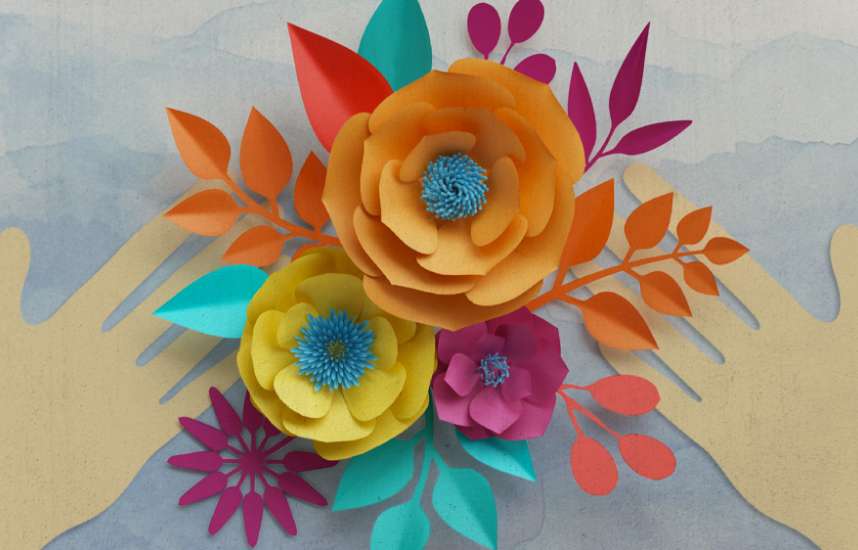
Walking on My Own with Others
By Takako Masuda
Takako Masuda, whose disability once made her introverted and aloof, describes how a warm, encouraging gesture from Her Holiness helped her realize we never truly walk alone.
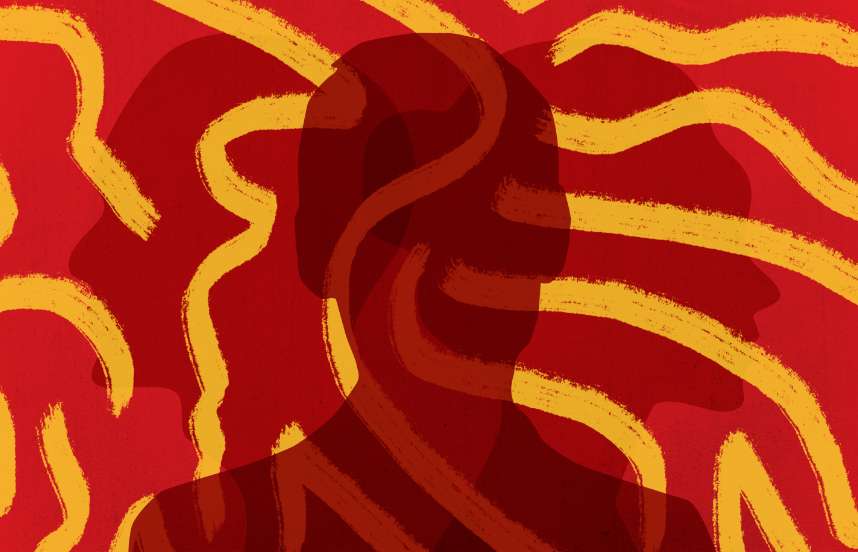
Healing Bitterness with Joy
By Tracy Yang
Tracy Yang, who lives in the United States, shares the story of her family breaking apart, the hardship of emigrating to New York with her mother, how sesshin helped her to uproot feelings of anger toward her and truly see her for who she is, and how with practice, her bitterness turned to joy.

Kindling the Warmth of Shinnyo in One’s Heart
By Nicolas Simonet
French practitioner Nicolas Simonet shares how, even after being a member of Shinnyo‑en for a long time and feeling he knew more than others, a crisis in his relationship provided him a mirror to see his own failings, and finally ground his practice in his heart.

Practicing from the Heart
By Lisa Bandiera
Lisa Bandiera, a member of the Shinnyo‑en temple in Sydney, Australia, describes how sesshin invigorated her spiritual practice within her family, and how studying at Shinnyo‑en has deepened and enriched her understanding of the faith tradition she was raised in.
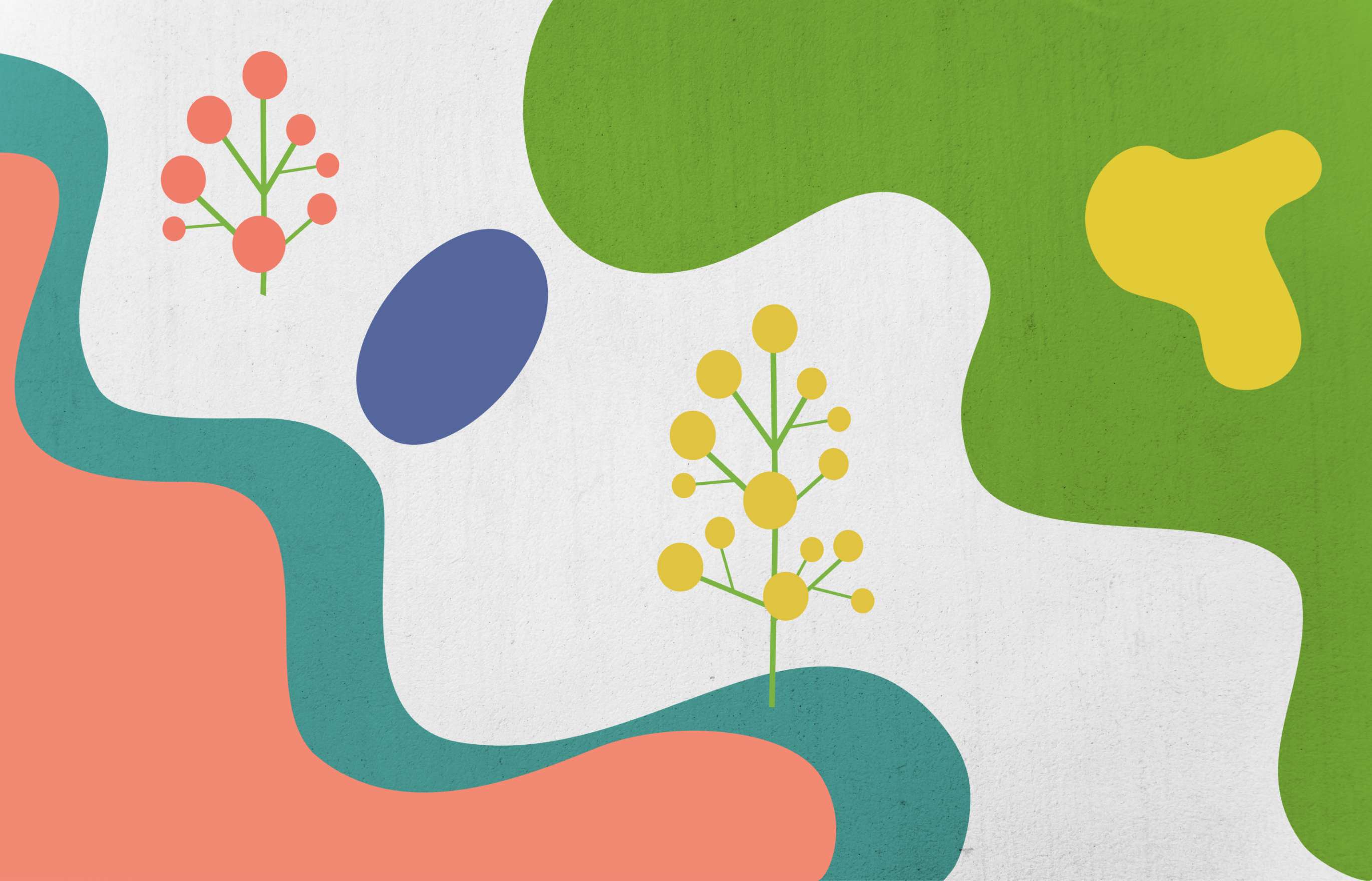
Spiritual Training in a City Full of Potential Buddhas
By Ai Yamanaka
Shinnyo‑en practitioner Ai Yamanaka, from New York, finds spiritual inspiration, a happy life, and encouragement in the joyful open-heartedness hidden beneath the city’s superficial gruffness.

Steadfastly Walking the Path with Others
By Master Shinjo Ito
Master Shinjo Ito, the founder of Shinnyo‑en, shares how the image of Achala (“the immovable one”), inspires development of a spirit of loving kindness and compassion toward others in one’s practice that remains steadfast, regardless of circumstances or recognition.
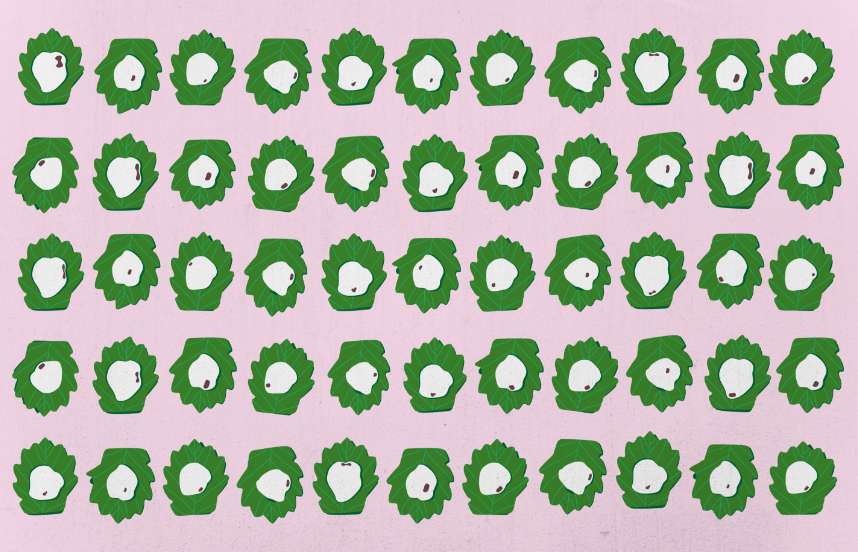
Taking What Is Left
By Her Holiness Shinso Ito
Her Holiness Shinso Ito shares a childhood memory of celebrating “Boy’s Day” with her mother, illustrating how she skillfully taught by example how to express qualities of buddhahood in everyday life.

The Longest Journey Begins With the First Step
By Robert Mize
Shinnyo‑en member Robert Mize of the temple in Redwood City, California, reflects on how his practice fits into his Christian background, the healing power of mentorship and community at Shinnyo‑en, and on how the long-term perspective fuels his practice of small acts of kindness.

The Transformative Effects of the Shinnyo Path
By Guillaume Riou
French practitioner Guillaume Riou shares his very personal story of practicing Shinnyo‑en, and how the simple act of praying for a cousin’s premature baby opened his heart to an estranged family member, and helped to heal the whole family.
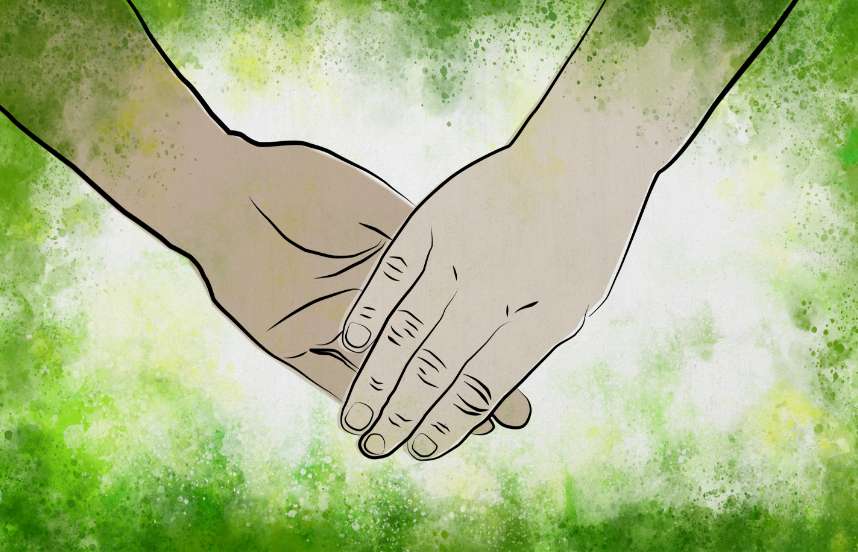
Touching Our Buddha Nature
By Mark S.
Shinnyo‑en practitioner Mark, from the United Kingdom but practicing in Japan for the last 20 years, explains how getting in touch with his “buddha nature,” his natural goodness within, helped him recognize the support and friendship of others around him and really be himself.
